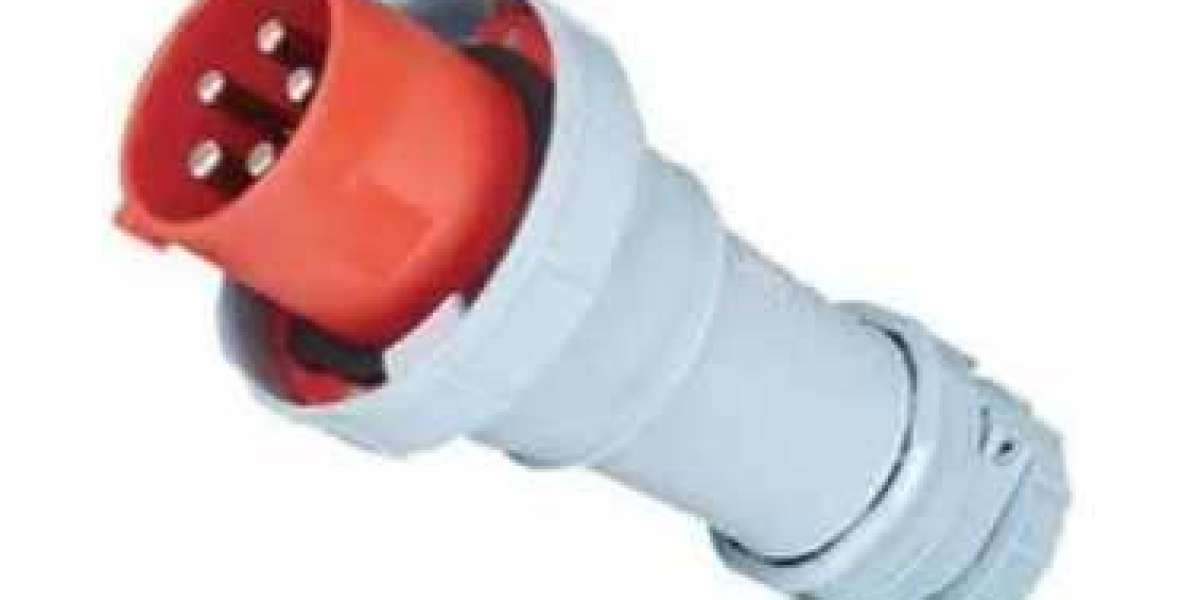When working in environments exposed to moisture, dust, or periodic wash downs, choosing a reliable industrial socket box can make the difference between a smooth operation and frequent interruptions. A waterproof enclosure designed for industrial use safeguards power connections against ingress while providing easy access for operators. In workshops, outdoor installations, and chemical processing areas, having a sealed power distribution point minimizes downtime caused by corrosion or accidental short circuits.
One of the most compelling reasons to consider a moisture resistant housing is extended equipment life. Regular electrical cabinets can suffer from rusted terminals and degraded insulation when exposed to humidity or spray. A sealed enclosure employs robust gaskets and durable materials that block water and fine particles from penetrating the interior. This protective barrier helps keep contacts dry and functional, reducing the need for frequent inspections and part replacements.
Safety gains also factor into the decision. Facilities running pumps, compressors, or automated lines often require power points near the production floor. If liquid spills or high-pressure washing occurs, a non-protected unit risks creating shock hazards or tripping protective devices. An enclosure rated for outdoor or wet location use channels water away from critical components. Pressure equalization membranes balance internal and external air pressure without letting droplets in, supporting reliable performance under varied conditions.
Installation flexibility remains another advantage. Modern units offer pre-cut knockouts for conduit entries in several directions, allowing installers to choose the best path for cables. Mounting brackets fit a wide range of surfaces—from steel beams to concrete walls—so technicians can position power points where they are most convenient. Quick release latches and captive screws reduce the time needed to open the cover, simplifying routine checks and module swaps without the risk of losing hardware.
Customization options often include surge protection and timer sockets. In environments prone to voltage spikes from heavy machinery, built-in arrestors guard sensitive electronics and control circuits. Timed outlets support scheduled operation of lighting or ventilation systems, cutting energy waste during off hours. By integrating these functions into the enclosure, facilities avoid cluttering control panels and maintain a neat installation that meets safety guidelines.
Durability under extreme temperatures also matters. Some production areas see high heat near furnaces or low temperatures in refrigerated environments. Specialized enclosures use UV stabilized polymers or powder coated steel to resist cracking and fading. Internal mounting plates remain stable even when ambient conditions shift, ensuring that connectors stay aligned and wires remain secure.
Maintenance teams appreciate enclosures that simplify troubleshooting. Transparent windows allow visual inspection of breaker positions without opening the cover. Internal labels guide technicians to each circuit's destination, speeding up fault isolation. In systems with multiple feeds, color coded wiring ducts inside the housing prevent mix ups during modifications or expansions, reducing the chance of accidental disruptions.
Even in highly regulated industries such as food and beverage or pharmaceuticals, waterproof power housings prove valuable. Smooth surfaces that resist bacterial growth and withstand frequent cleaning help meet hygiene standards. Seals rated to endure repeated exposure to sanitizing agents keep the enclosure interior free of contaminants, while easy-to-clean exteriors support fast turnaround between production runs.
Choosing a well designed unit can also support sustainability goals. Enclosures built with recycled materials and minimal packaging reduce waste, aligning with cleaner production initiatives. Energy efficient circuitry inside the housing minimizes consumption by control systems when idle, contributing to lower overall facility power use.
Those evaluating whether such a solution fits their operation should consider both upfront costs and long term savings. While the initial investment may exceed that of a basic cabinet, reduced service calls, fewer replacement parts, and higher system availability deliver measurable value over time. Facilities that face strict uptime requirements or operate in harsh conditions often find that the benefits justify the expense.
For professionals seeking a moisture resistant power distribution solution, exploring models from reputable suppliers is the next step. By selecting an enclosure tailored to environmental challenges and operational needs, facility managers gain confidence in their electrical infrastructure. For a detailed overview of available configurations and accessories designed to protect power connections in demanding settings, visit https://www.nante.com/product/ and discover options that balance durability, safety, and functionality.








